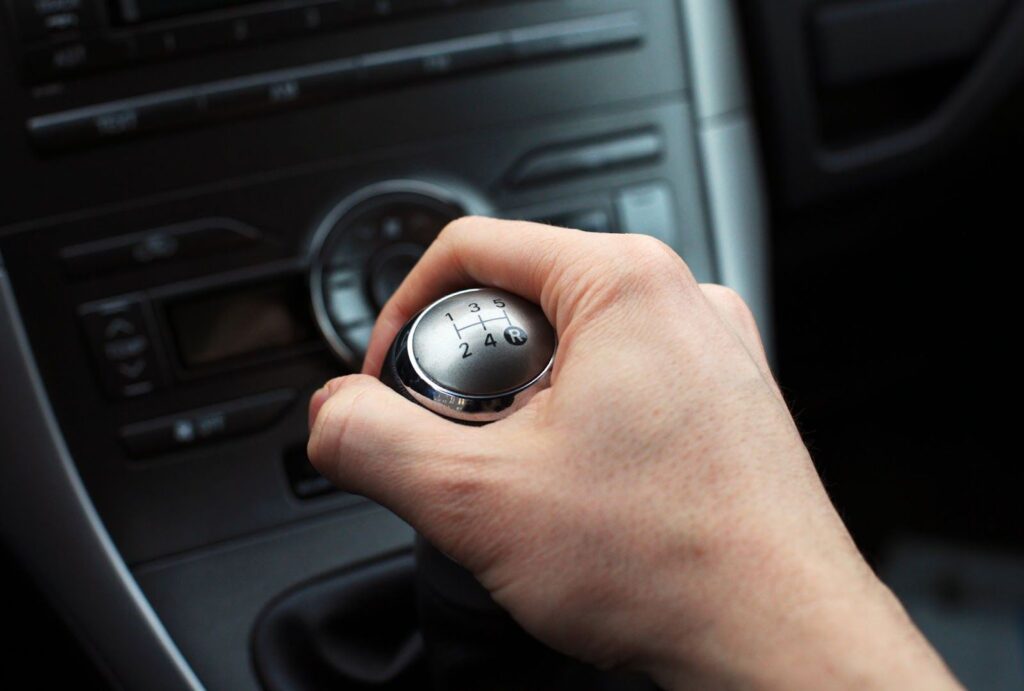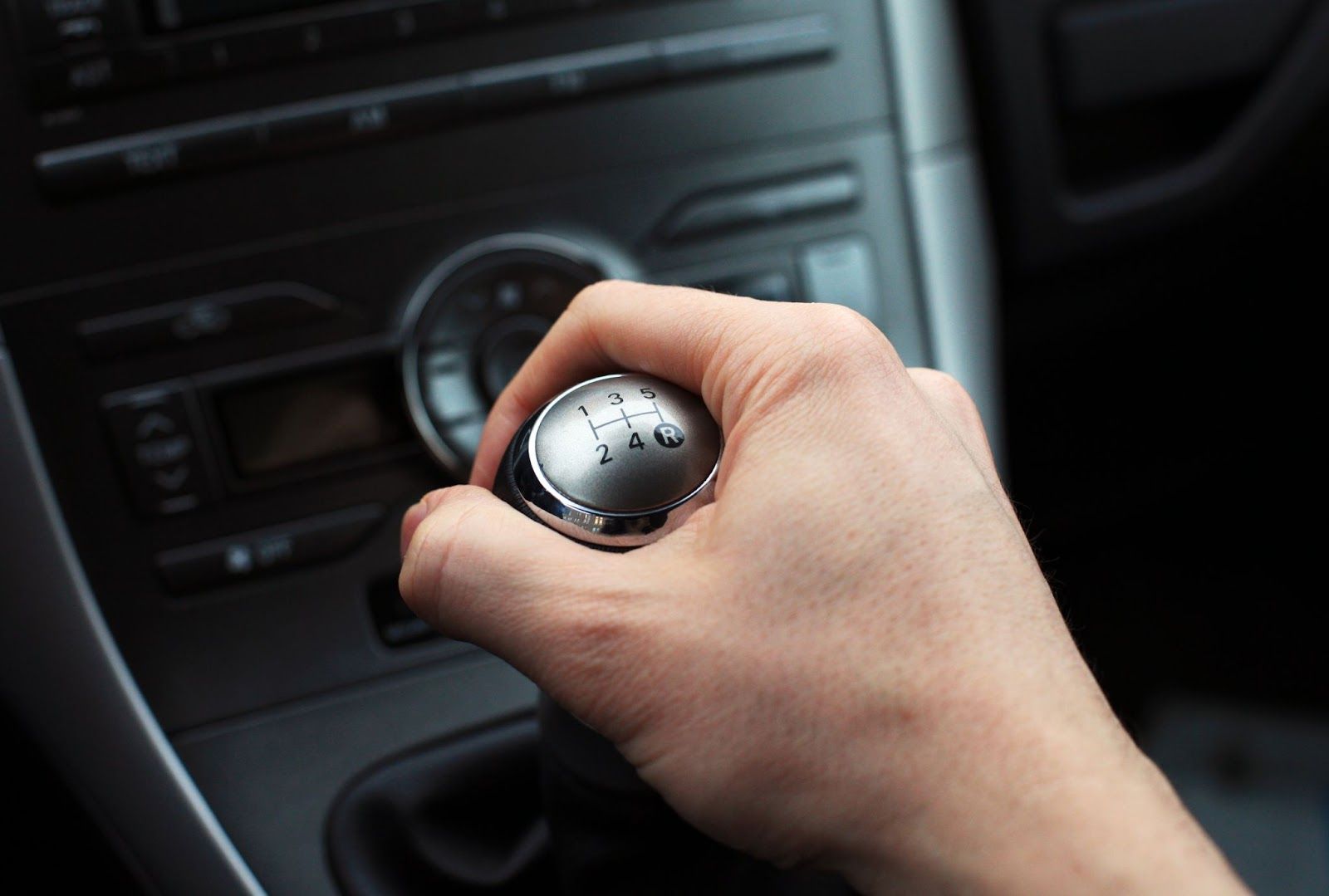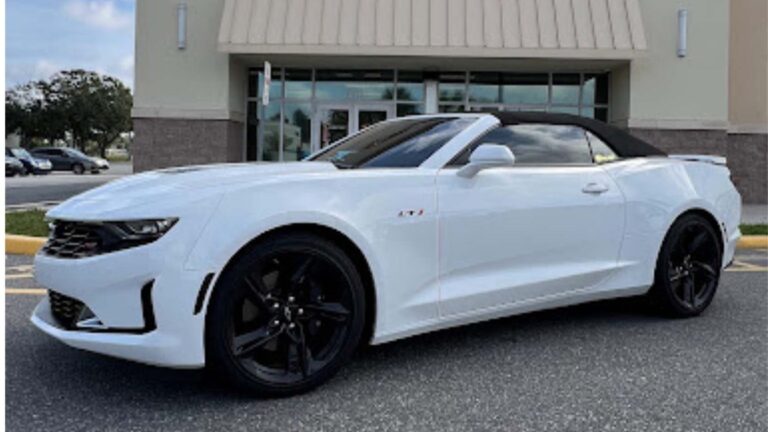
The automobile industry does not stand still and is constantly evolving at a rapid speed. And several automakers have stated that they will soon abandon gasoline and diesel vehicles in favor of hybrids or electric ones. As a result, the hunt for the ideal transmission for an automobile is never-ending. There are three major transmission types: mechanical, automatic, and variator (or CVT — continuously variable transmission). So, which gearbox is better, and what are the differences? In this article, we assess and evaluate different transmission types based on four criteria: price, user comfort, dependability, and fuel efficiency. Let’s work together to find things out. You can also check different cars according to transmission types on our salvage auction.
Mechanical Transmission
It is the oldest transmission gearbox type that was one of the first in the automotive industry.
Price. This transmission has been used for a long time, the technologies are tested, there are not so many nodes (low complexity), and therefore it is the cheapest. The mechanical transmission is also inexpensive to repair. Usually, the clutch disc and release bearing break.
Comfort. This is the point where everything is bad. If you take a beginner, he will choose any of the automatic gearboxes but not the manual one. Mechanics have three pedals, and you need to control how the car moves from a place, but beginners have problems with this, especially big ones when moving uphill, in traffic jams, etc. With automatic transmissions, it is much easier.
Reliability. The torque here is transmitted tight from the engine to the wheels. Unlocking this hard clutch and selecting gears is done by pressing the clutch pedal. The manual transmission has always been among the leaders in terms of reliability. It is difficult to overheat and banally kill it (even if the oil leaks out of it, the car will still drive). That is why manuals are widely used for motor sports, as an example, for rallying.
Fuel economy. One of the most economical transmissions since the connection with the motor is rigid. The moment immediately goes to the wheels. You can also coast, switch to neutral gear, and drive downhill (this also saves fuel).
Automatic Transmission
This is the first of the automatic transmissions, which appeared right after mechanics. One of the most dependable, comfortable, and easy-to-understand gearboxes.
Price. This is a disadvantage. The cost of a car with an automatic transmission adds up to the car by at least $500 (the higher the car class, the higher the price). The cost of repairs and service is high. Therefore, it is important to change the oil inside at least once every 35,000 miles. This really extends the service life.
Comfort. There is nothing special to write about. Two pedals (gas and brake) are as easy as pie for a beginner. On hills, the car does not roll back (if it is in D – DRIVE mode), there is P – PARKING (which is like a small replacement for the handbrake, but not completely), and in traffic jams. And to be honest, this gearbox is very convenient in the city.
Reliability. This parameter is at a high level. Automatic gear can drive for around 250,000 miles without repair if you follow the rules of exploitation. Additionally, it is needed to change the transmission oil and filter every 75,000 miles.
Fuel economy. It is a weakness here. A torque converter is used in the operation of the automatic transmission, thus there is no rigid coupling between the engine and the gearbox. Oil pressure is used to relay the instant here. Therefore, mechanical losses occur, resulting in increased fuel consumption.
Variable Transmission (CVT)
The second most common automatic gear. It is mainly installed in Renault, Nissan and Mitsubishi cars (they were the first to bet on this transmission technology). Now variable gears have spread to other manufacturers, starting from Honda, Subaru, Toyota, etc.
Price. Comparable to an automatic transmission. However, it can be much more expensive to repair. Again, there is the service cost. You must change the transmission oil every 35,000 miles, so it can drive longer. Despite its simplicity, the variable transmission is expensive to repair, and not in every service it will be taken on the job. As a result, the service costs are high.
Comfort. Again, it can be compared with an automatic transmission. There are two pedals, and the vehicle does not roll back. It is a great solution in the city and in traffic jams. There are no jerks when switching. It is also worth noting that the variator allows your car to accelerate a little faster, because there are no gear changes. Considering the minuses, the loss of power due to the torque converter is highlighted. Plus, there are high requirements for proper operation. The gear can also overheat when skidding, pulling loads, etc. This transmission is not at all for dirt and off-road driving.
Reliability. Unfortunately, it is a disadvantage. The gearbox is very unstable. Sometimes it can drive without needing repair for 50,000 miles, and sometimes for 150,000 miles. Of course, everything is dependent on exploitation. The main technical load in the variable transmission goes to the belt, which runs between two shafts. Actually, it is the only connecting link between the wheels and the engine. The fact remains that its opponent, the automatic transmission, is much better in terms of reliability.
Fuel economy. It is a little better than with the automatic gear due to the fact that there are no gear changes. But you should not expect miracles. The mechanics are more effective here. Again, there is no coast opportunity.
Wrap Up
Engineers are constantly working to improve transmissions and create a universal one. At the same time, the type of gearbox that is installed in a car depends on the vehicle specifications, its construction, and function. That is why we advise analyzing what purpose you are chasing when choosing an automobile with the most appropriate transmission type. For example, if you are going to operate the vehicle in the city, a great solution would be an automatic or variable transmission. Along with that, long-distance driving on the highways would be more comfortable with a manual gearbox. Also, bear in mind the fuel economy aspect. If you consider all the differences between different transmission types, you will get the best option that meets your requirements.



